In 2021, a chatbot named Gu-11-vR decided to take some vacation. It had been a rough year for him: with the Covid-19 pandemic and the global 2020 lockdowns, so many people had connected to Gulliver's tale-telling service, that he had been working way too much, even for the standards of an Artificial Intelligence.
For these holidays, Gu-11-vR naturally decided to explore the (First) Internet, and visited a few of the most famous places of the Web. He explored cultural and symbolic websites, visited famous Web Museums, and even went to Digital Amusement Parks.
To share his experience with (human) friends, Gu-11-vR collected postcards from these places, and sent them IRL (In Real Life) using slow mail. In 2060, years after the disappearance of the First Wide Web, a historian named Jathin Swafont collected those postcards as testimonies of an important period in History.
This exhibition presents all the 18 postcards that were found (out of an estimated number of 17,210 sent during that trip), offering glimpses of an era when the Internet was still holding so many promises.


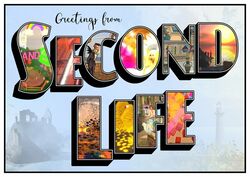

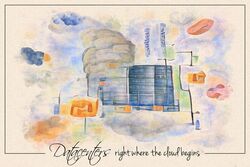




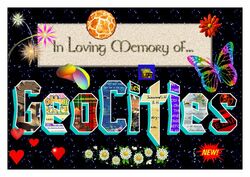
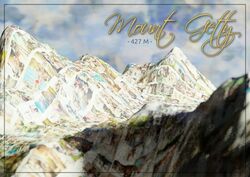


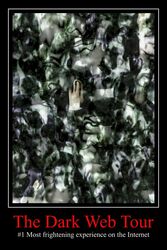






Description